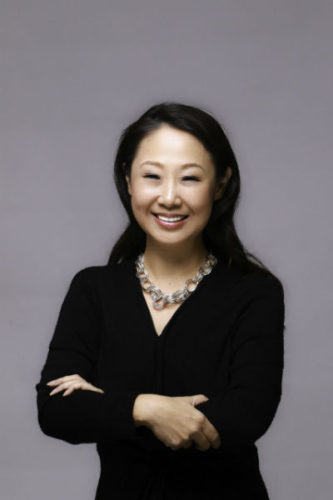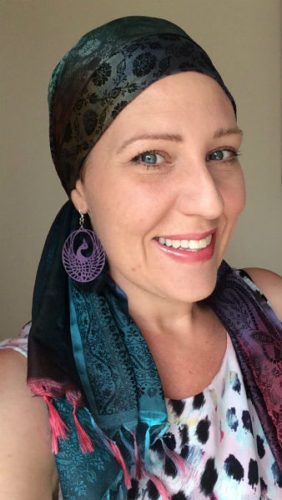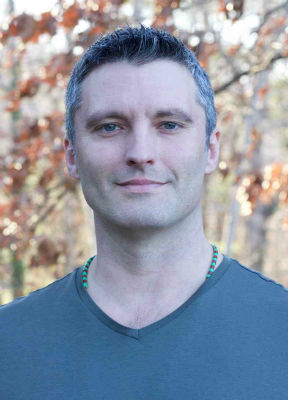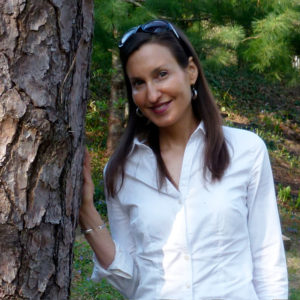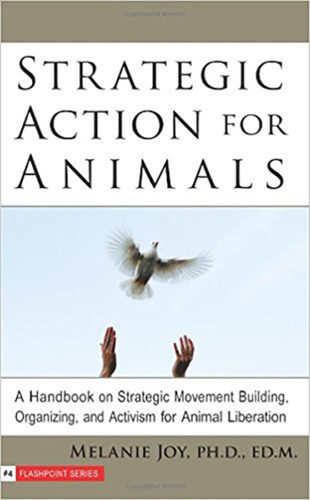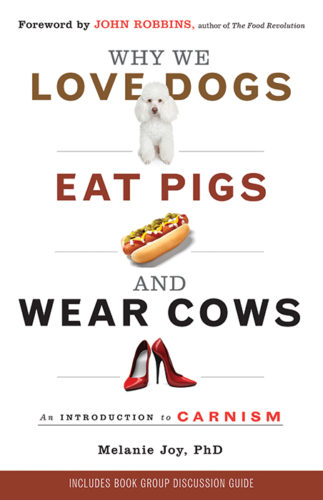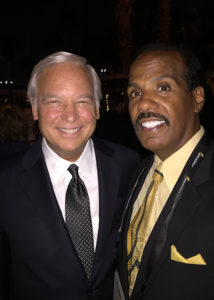As with any professional sport, an athlete in his 30s usually starts looking for other jobs because he knows his time is limited. In Patterson’s case, his baseball career ended early due to sports injuries—a torn rotator cuff, supraspinatus tendinitis, knee surgery, and back surgery.
“I couldn’t throw at all, but fortunately I could hit so I was still able to play in high school and I still played semi-professionally,” says Patterson, who played during the late ‘70s and ‘80s. “I think I played my last semi pro-game in 1989.”
But by that time he’d already shied away from putting all his eggs in one basket. Patterson became a school psychologist in 1984, was a part-time scout for the Major League Scouting Bureau (MLSB) for the next five years, and then a scout part-time for the Texas Rangers, while working on his doctorate degree at Saybrook.
“I knew that my baseball days had passed,” Patterson says. “You hear people call that Cubs player Grandpa Rossy, and he’s only 39. After baseball, I had to figure out what was I going to do. My bachelor’s degree was in psychology and pre-dentistry from the University of Illinois. My parents always stressed to me to have a good education as a backup plan in case I was injured. And Saybrook had the humanistic, holistic approach that fit my needs and that I strongly believe in.”
His mother, who was a teacher and psycholinguist, played a major part in increasing Patterson’s interest in the mental health field. Although he was initially a mental health therapist who focused on pediatric, adolescent, and adult units pediatrics at Ridgeway (now Hartgrove Hospital) in Chicago, he found himself focusing on what was making so many young kids need to be hospitalized so often.
“I wondered what was going on in the school system,” Patterson says. “But after working as a clinical therapist in a psychiatric hospital for three years, I knew I didn’t want to work in a clinical setting anymore. I disliked putting patients in full leather restraints and working with patients with hardcore psychiatric difficulties. I wanted to work on the prevention end. I wanted to work more with elementary schools, high schools, and even colleges to help pinpoint a mental health issue before it got so harmful that it ballooned out of control.”
Patterson admits that he has dealt with his fair share of students who were resistant to any type of therapeutic counseling.
“There are kids who say, ‘I don’t want to be seen with him,’” Patterson says. “They don’t want to be considered ‘crazy,’ something that their peers may accuse them of. However, the same thing can happen with adults. Now I’m an independent sports psychologist, and I’ve seen the same hesitancy from athletes. I would describe our relationships as clandestine because a lot of players don’t want to be seen with me because many people know Smoke Patterson. They recognize me from my baseball career and my best-selling book. As soon as they see me, they’re asking what player am I working with.”
Patterson has had to go as far as meeting athletes at different hotels to protect their privacy. And then a cab would be arranged for the two to meet.
“I hate to say it, but there’s still that stigma associated with psychology,” says Patterson, who was a sports psychologist for the Texas Rangers and the Toronto Blue Jays. “On the upside though, I am seeing that in baseball there are more teams that are making mental conditioning skills more acceptable and available to the players.”
As “the first Ph.D. psychologist to manage, coach, and sign players’ contracts in professional baseball,” his next feat was “focusing on enhancing the self-esteem and self-concept of others to help them to realize their goals, dreams, and aspirations.”
“When I was injured and went to rehab, I was wondering what I was going to do next,” Patterson says. “I did a lot of soul-searching, and learned about the inner and outer sources of self-esteem. I had to personally know what my strengths were, what my weaknesses were, and feel comfortable with that. That was the focus of my doctoral dissertation at Saybrook, along with my experience with children. I also discuss this in many of my speeches and seminars.





























